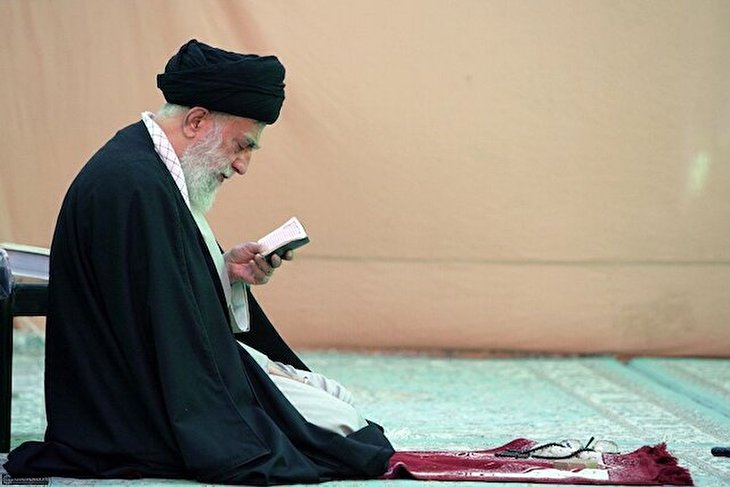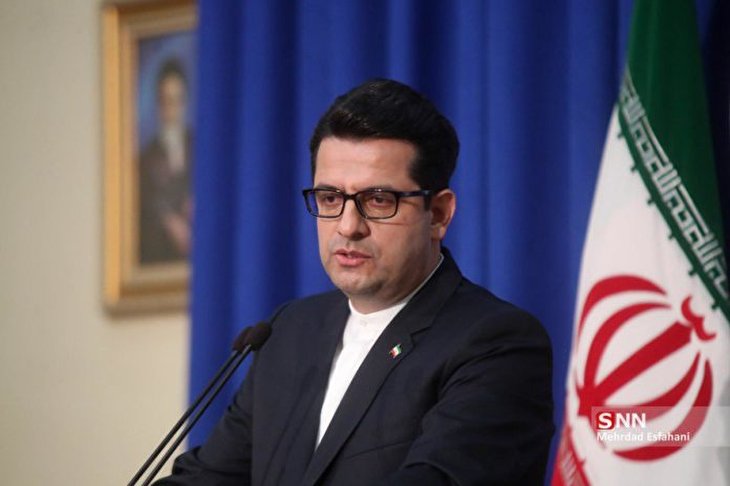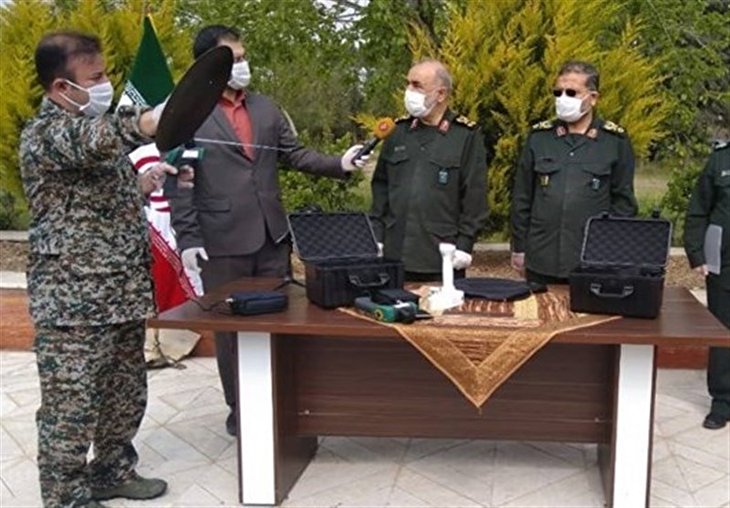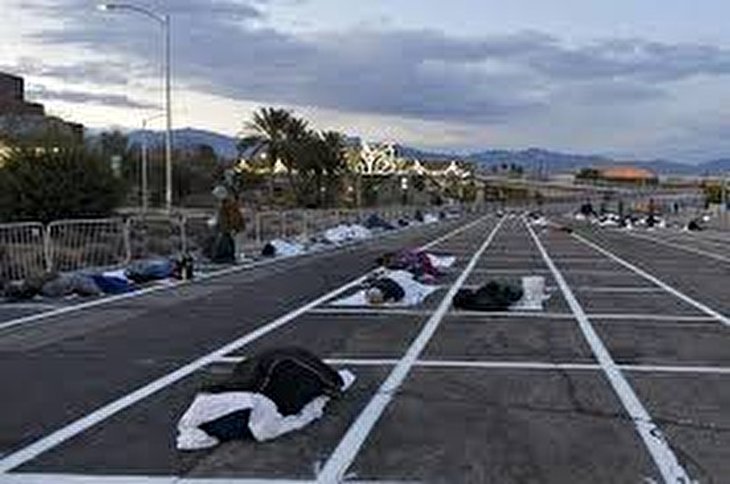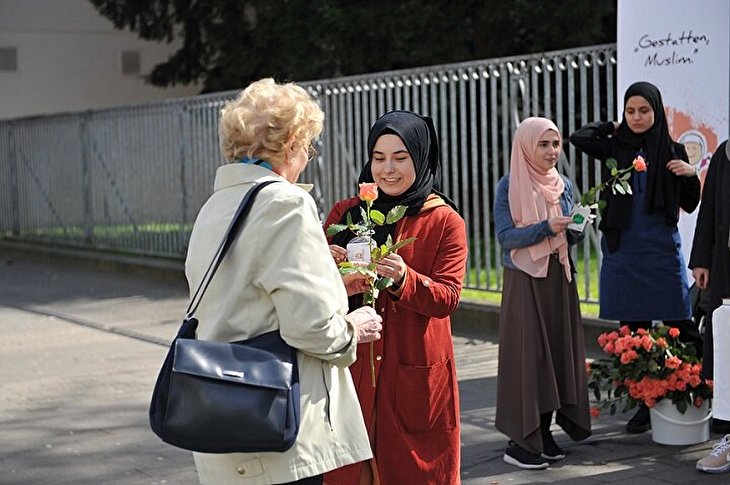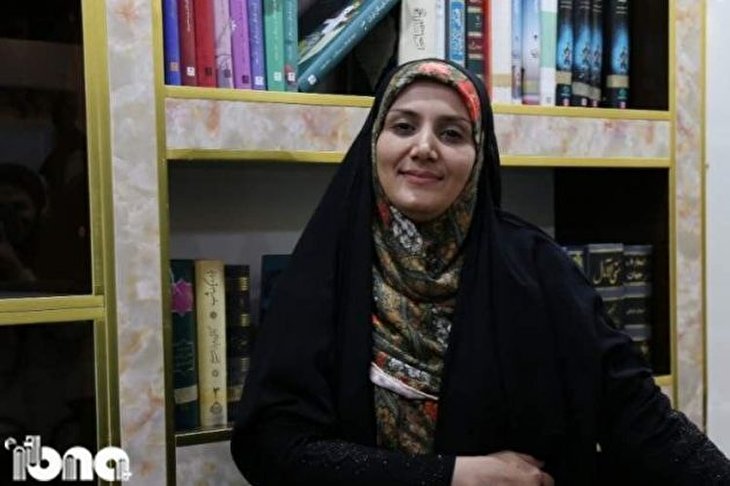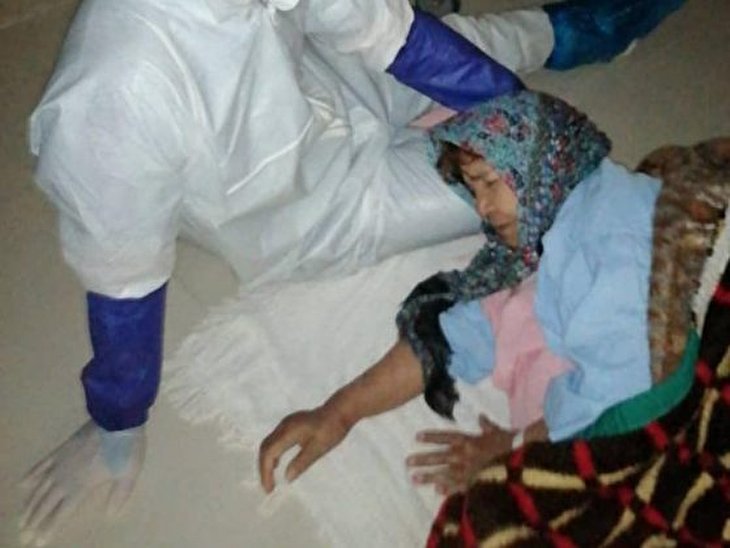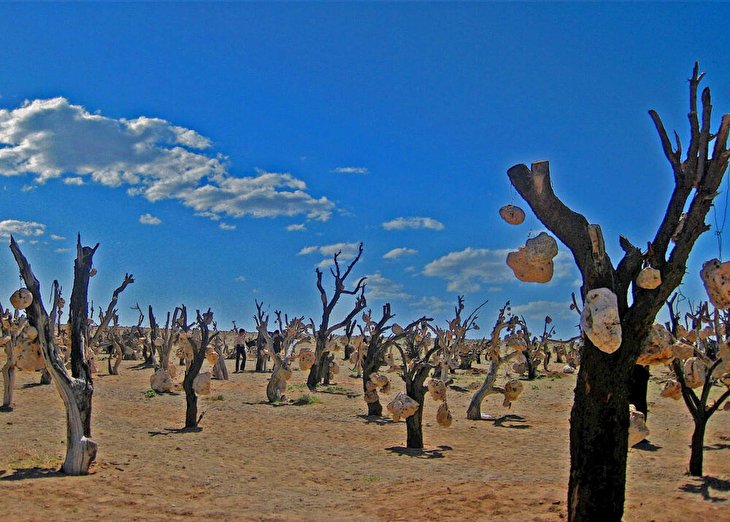
Ancient Cuneiform Discovered in Iran’s Kermanshah Province
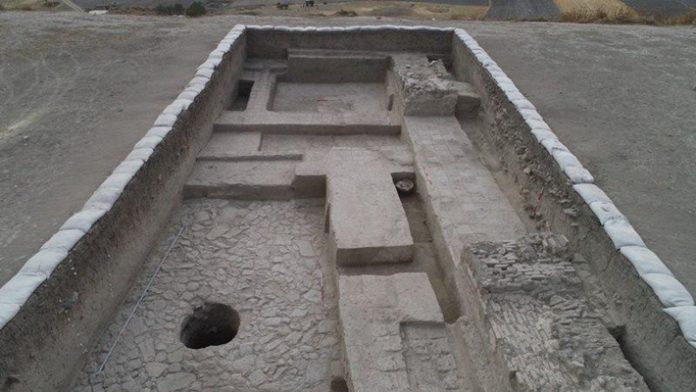
Head of the International Joint Centre for Archeological Exploration at Razi
University of Kermanshah and the University of Copenhagen said part of a
cuneiform script and a cylinder stamp with cuneiform inscriptions are the most
important archaeological discoveries at the historical hill of Khaibar.
Ali Beigi said the discoveries shows people who lived in this region more than
three thousand years ago were able to read and write.
"They used the cuneiform to convey their messages. The oldest discoveries on
this hill dates back to the fifth millennium BC. However, the latest findings of
the exploratory team belong to the Parthian period (slightly more than two
thousand years ago). With explorations continuing, more artefacts could be
discovered in the lower layers,” said Beigi.
The Iranian scientist said that the archaeological team and some botanists are
trying to study the flora of the region to find more about the living conditions
of the inhabitants of this region.
"In addition to studying the architecture and pottery, the archaeological group
collects animal bones. With the help of experts, they are searching on their
nutrition and livestock or animals hunted by the inhabitants of this ancient
site.”
According to Beigi, the continuation of explorations could allow for the
discovery of more artefacts and inscriptions dating back to the 2nd and 1st
millennium BC.
In October, for the first time in Iran, a tooth belonging to a Neanderthal child
was discovered in mountains in Kermanshah.
The tooth, which belongs to a six-year-old child living in the region
42,000-45,000 years ago, was found along with some rocky tools of the middle
Paleolithic period.
Source:IFP
